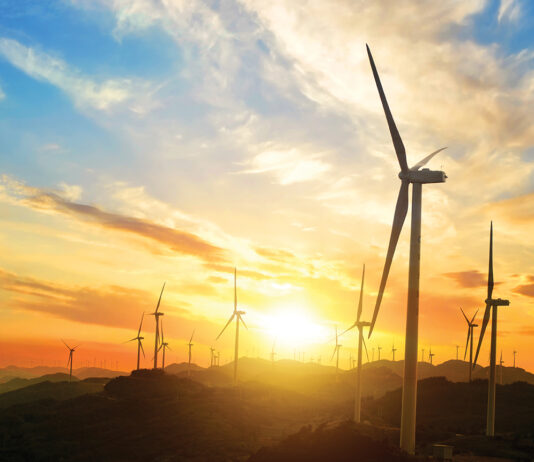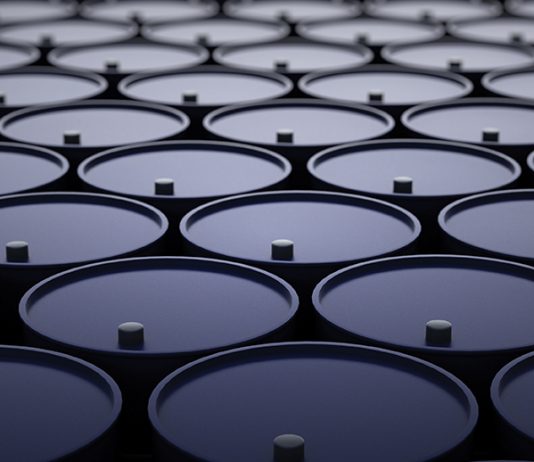
Everyone is preparing for a winter of discontent as energy prices continue to soar and fears of gas shortages, particularly in Europe, become very real. However, experts are now suggesting that the energy crisis may be only just beginning, with the worst still yet to come. It appears that Europe will be most negatively affected, but this will likely have a knock-on effect worldwide.
While some countries are facing civil unrest due to continually increasing oil and gas prices, others are worried about securing enough energy for the winter months. This is in addition to the challenge of rising inflation being seen worldwide. But many governments have been preparing for oil and gas shortages by stockpiling supplies in recent months, having turned to other oil-rich countries to fill the gap in supply. In addition, several states have introduced taxes on oil and gas companies to subsidize rising consumer energy bills. This has been a vital move to ensure that people worldwide do not fall into poverty, with Europeans facing gas bill increases of 111% and electricity costs rises of 69%, according to the Household Energy Price Index.
The Russian invasion of Ukraine earlier this year has had an enormous knock-on effect on the world’s energy supply. Sanctions introduced on Russian oil and gas have meant that many countries worldwide have seen a sudden drop in their energy supply, as oil and gas prices have been driven sky-high. While the U.S. was quick to impose sanctions on Russia, due to its actions against Ukraine, it has not been so easy for its European allies to do the same due to their heavy dependence on Russian energy. However, the EU and U.K have pledged to impose sanctions on Russian crude starting from 5th December, to be followed by Russian petroleum products on 5th February 2023.
How Will The War Potentially Impact Our Energy Supply?
This means that as concerned as people are about energy shortages and rising consumer costs this winter, the situation could be even worse in the coming year. Russell Hardy, CEO of major oil trader Vitol, stated “We’ve got a difficult winter ahead, and subsequent to that we’ve got a more difficult winter in the year ahead of that because the production that is available to Europe in the first half of 2023 is considerably less than the production we had available to us in the first half of 2022.” He added, “So the consequences of energy shortage and therefore price escalation, all of the things that have been discussed here about the cost of living, the expectation of problems ahead, clearly need to be thought about in that context.”
It appears it will be an uphill battle to get Europe’s energy security back on track, which will inevitably have a spill-over effect on other areas of the world. Much of the gas that Europe has stockpiled ready for the winter months has come from Russia. And as supplies from the oil and gas giant fall next year, future stockpiles are likely to be much more challenging to establish. The current gas stores are expected to reach near empty by the beginning of 2023, with Europe having to find 20% more gas than usual, without the support of Russian supplies, if it hopes to meet its 95% storage target by late 2023. With limited supplies and high prices, reaching this level will be harder than ever.
What Is the Proposed Solution?
For this reason, both Europe and the U.S. have turned to other oil-rich nations to fill the gap in supply, as well as investing heavily in renewable alternatives to speed up the transition to green and alleviate reliance on certain world powers. But none of these actions reduces the pressure to fill the immediate gap in the oil and gas supply while the global demand for fossil fuels remains high. Experts doubt that Europe will be able to get by without the use of Russian liquefied petroleum gas (LNG) for several years yet.
There is hope for a boost in gas supply, with plans for the installation of five floating storage and regasification units (specialized LNG import terminals) in Germany, and another in Italy. However, operations at these units will not commence until next year. This means that gas shortages will continue to be seen until at least 2024. Ongoing energy shortages are expected to exacerbate the economic turmoil being seen worldwide, with uncertainty around energy security and its impact on the consumer. This is also likely to slow recovery.
While energy experts are optimistic about the long-term stability of the energy sector, with several fossil fuel and renewable energy projects in the global pipeline, energy security in the mid-term appears murkier. Unless Europe and its allies can secure oil and gas supplies from other world powers, several countries are likely to experience energy shortages and high prices well into 2023, with fears of an even more severe energy crisis next winter.

Author Bio
Felicity Bradstock is a freelance writer specializing in Energy and Industry. She has a Master’s in International Development from the University of Birmingham, UK, and is now based in Mexico City.
If you would like to contact our staff writers, you can reach them at [email protected]
Get the Real Story with Shale Magazine
At Shale Magazine, our sole mission is to look at the facts from an objective angle and report on current events that matter most to energy industry stakeholders. Shale Magazine offers fresh insights into every issue by never shying away from a story and sticking with the facts. Make sure to check out our latest issues to stay in the know about all things energy. You’ll find great opportunities for networking and events, exclusive interviews and one-on-ones with top industry execs, and all the latest news from upstream, midstream, and downstream.
















